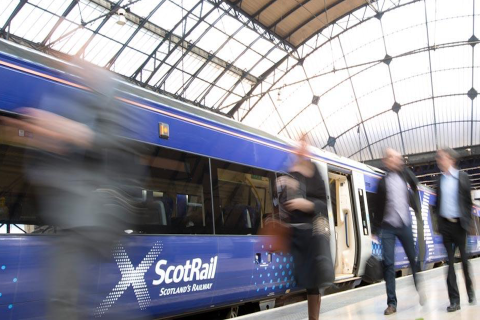Île-de-France Mobilités allocates 4 billion euros to enhance RER C

In a bid to improve travel conditions on the RER C line, Île-de-France Mobilités has announced a staggering 4 billion euros investment. The move comes amid growing concerns over declining service quality and punctuality on one of Greater Paris’s vital commuter arteries.
The RER C line, stretching over 176 kilometres and serving as a lifeline for some 540,000 daily passengers in the Paris region, has been grappling with subpar performance in recent months. With punctuality levels dipping below 90 per cent, well short of contractual expectations set between Île-de-France Mobilités and SNCF Réseau, the operator responsible for the line’s operations, commuters have voiced mounting frustration.
The ambitious investment plan, slated for completion by 2035, and crafted through collaboration with stakeholders, will guide the allocation of funds towards short, medium, and long-term objectives aimed at enhancing commuter experiences, reducing disruptions, and ensuring smooth operations along the RER C corridor.
Plan highlights
Key highlights of the 4 billion euro investment include a significant overhaul of rolling stock, infrastructure upgrades, and service adaptations to mitigate the impact of incidents. By 2033, commuters can expect to bid farewell to ageing train models, as new, state-of-the-art replacements are phased in. These upgrades will be complemented by extensive modernization efforts across the line’s infrastructure, including tracks, signalling systems, and station facilities.
Notable projects under the investment plan include the modernization of the Val d’Orge territory, a critical juncture facilitating smoother traffic flow and accommodating the influx of new trains. Additionally, the establishment of two new maintenance workshops in strategic locations aims to bolster the line’s performance.
Looking ahead, the investment also prioritises service adaptability, with measures aimed at minimising disruptions in the event of incidents. By enhancing turnaround capacity and streamlining response protocols, authorities seek to safeguard against widespread service disruptions.
Further reading:




